A Surprising Deep-Sea Habitat
Scientists exploring the deep Pacific Ocean have uncovered an extraordinary environment: a vivid blue-colored volcanic mud emerging from submarine mud volcanoes. Despite the extreme conditions of this deep-sea habitat, researchers have found clear signs of microbial life thriving in it.
What Makes This Mud Unique
- The mud exists nearly 3,000 meters below the ocean surface and has an extremely high pH, making it one of the most alkaline natural environments on Earth.
- Its striking blue hue is due to minerals in the mud, which gradually change to bluish-green when exposed to seawater.
- The sediments originate from undersea volcanic activity and contain minerals such as serpentinite and brucite, creating a chemically challenging environment for life.
Evidence of Life
Analysis of the mud revealed molecular signs of microbes, including lipids from cell membranes that indicate bacteria and archaea are present. These microorganisms likely survive using chemosynthesis, deriving energy from chemical reactions rather than sunlight or organic matter.
Despite the scarcity of nutrients and harsh alkalinity, these microbes appear to metabolize substances like methane and sulfates, showing that life can adapt to extreme and seemingly inhospitable conditions.
Why This Discovery Matters
- Extreme Environments: It confirms that life can exist in highly alkaline, nutrient-poor, and high-pressure environments.
- Origins of Life Insights: Such extreme habitats may resemble early Earth conditions, offering clues about how life first emerged.
- Astrobiology: This expands the types of extraterrestrial environments where life could potentially exist.
- Hidden Biosphere: The discovery emphasizes that much of Earth’s microbial life remains hidden in extreme and inaccessible locations.
Future Research
Scientists plan to return to the site to collect more samples for genomic and chemical analysis. They aim to identify the full range of microbial species present, understand their metabolic pathways, and map how widespread such habitats might be across the deep ocean.
Conclusion
The discovery of microbes living in deep-sea blue volcanic mud challenges our understanding of life’s limits on Earth. It highlights nature’s resilience and adaptability, offering new insights into how life can thrive in the most extreme conditions, both on our planet and potentially beyond.



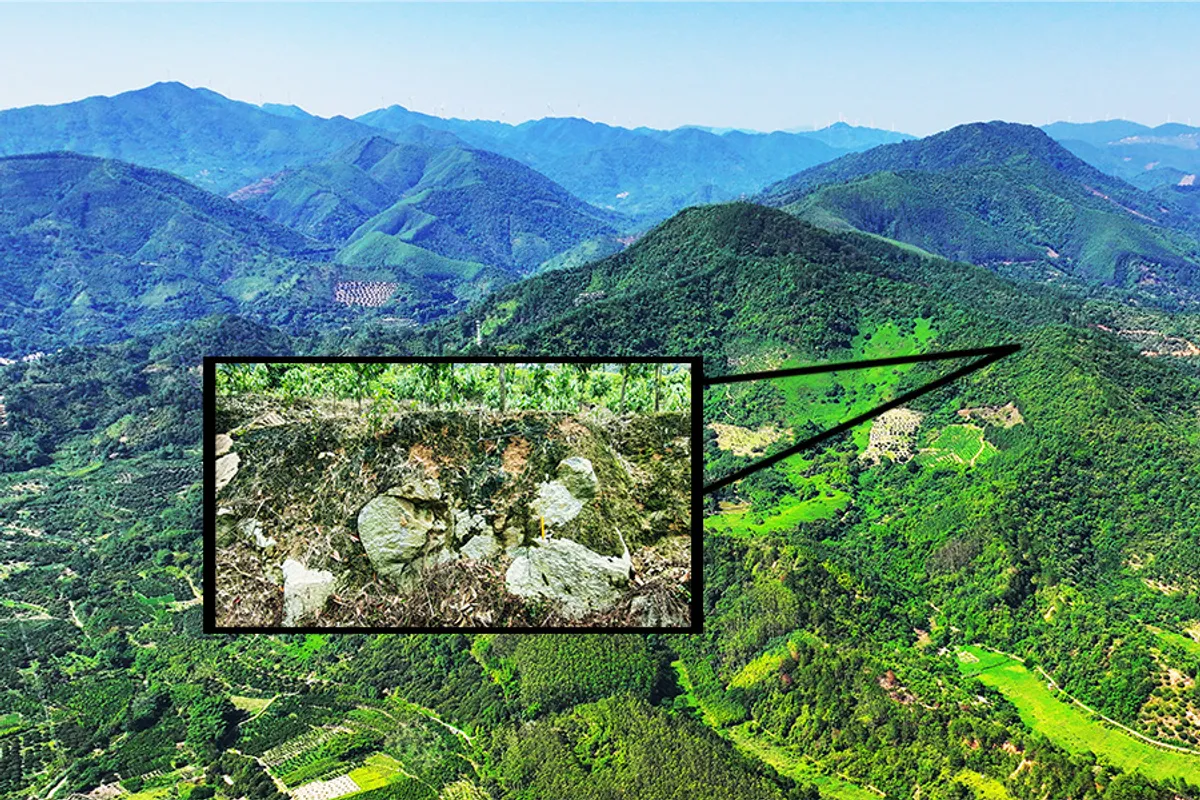
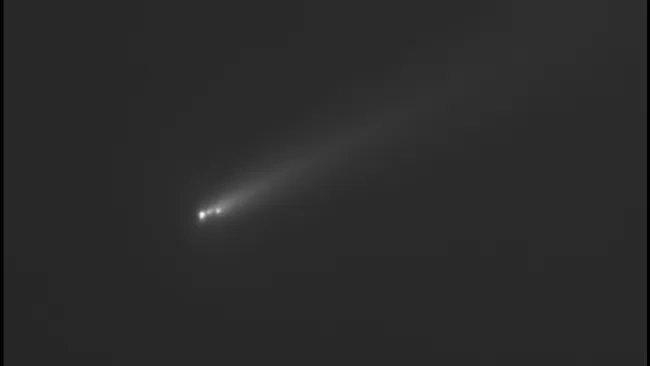
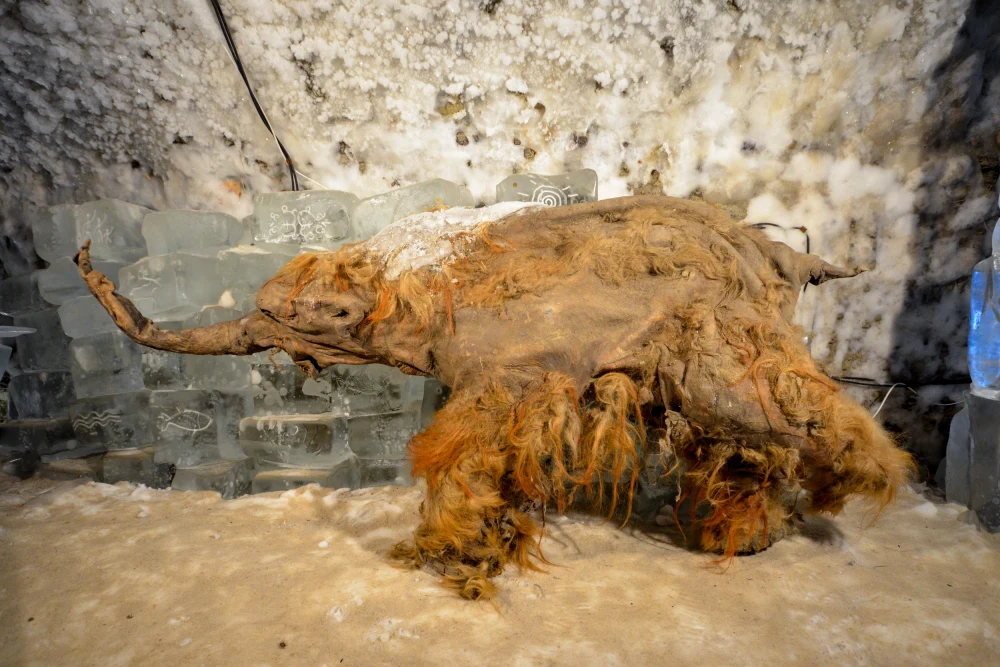
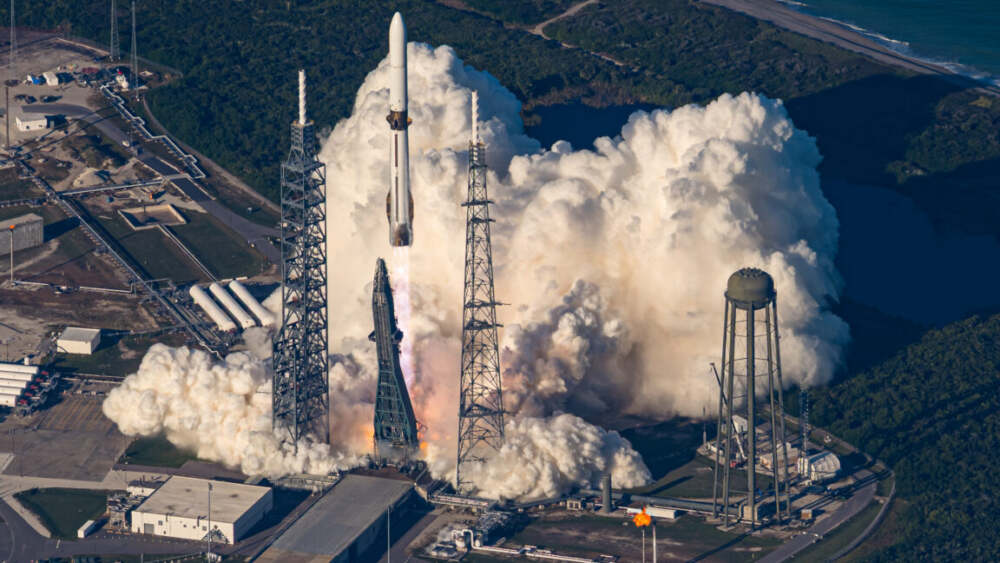

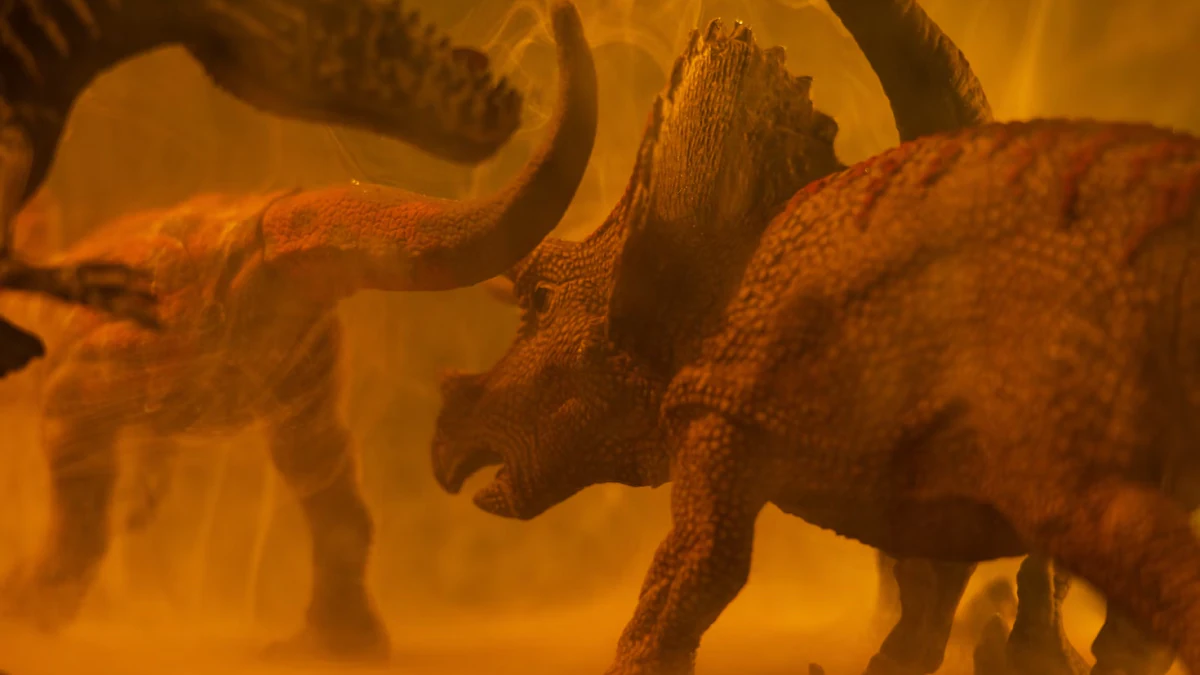

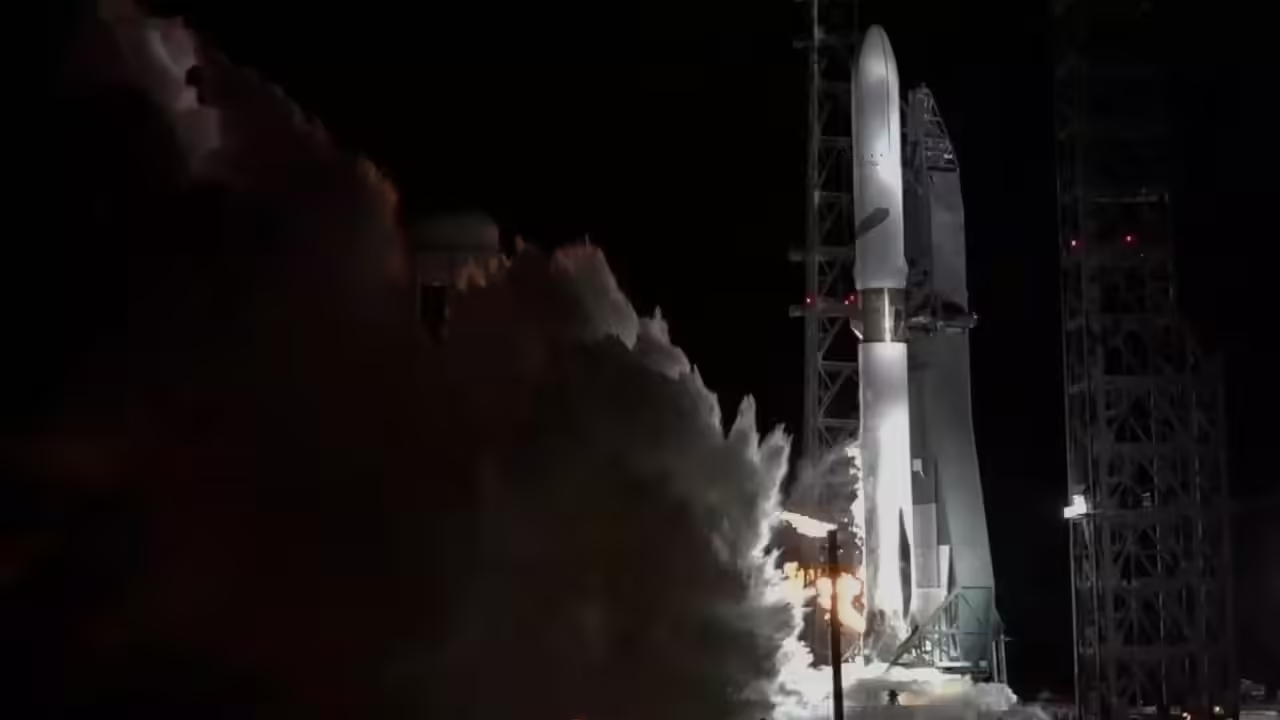




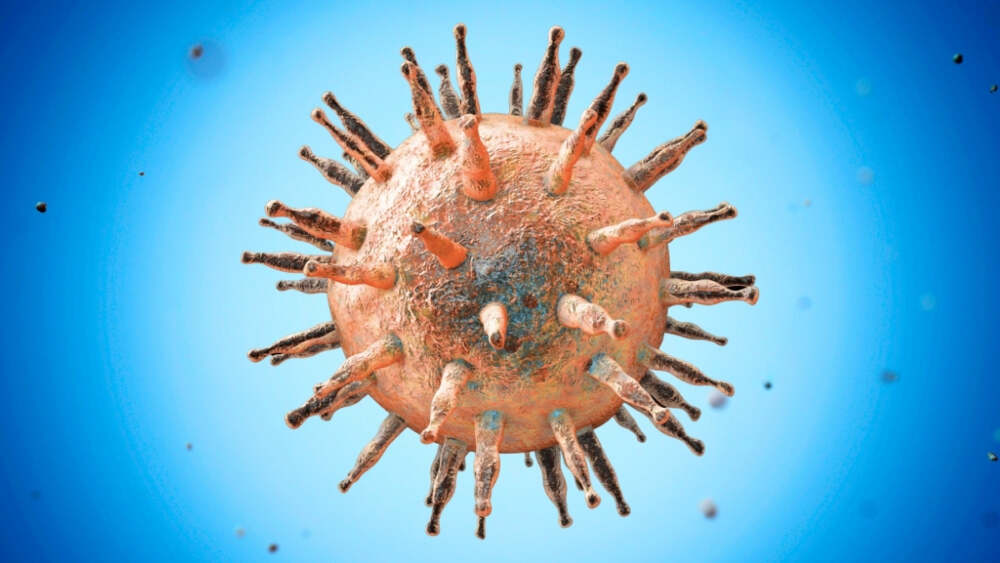
Leave a Reply